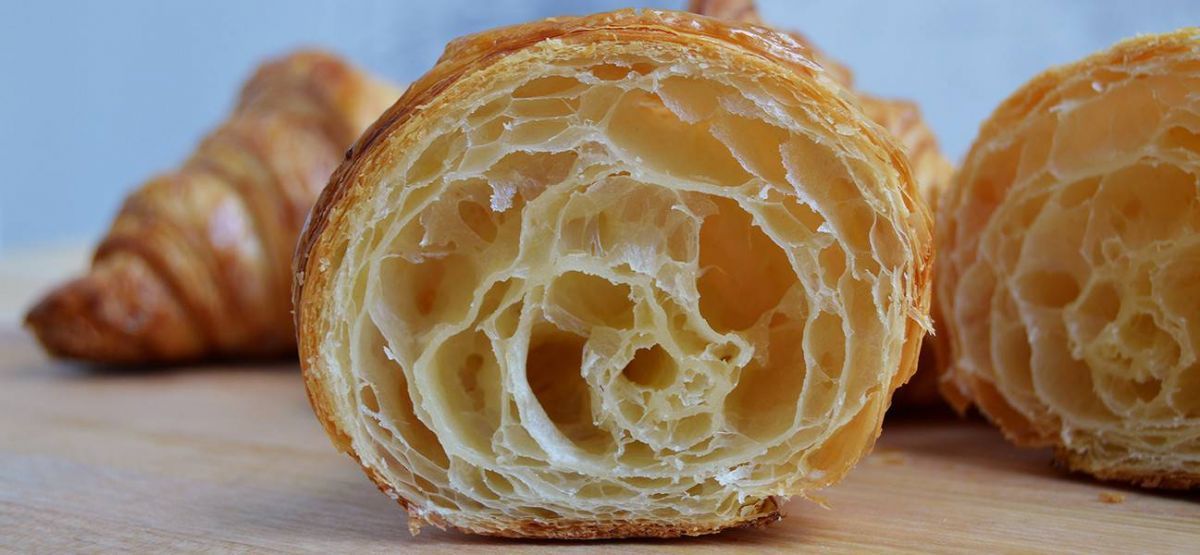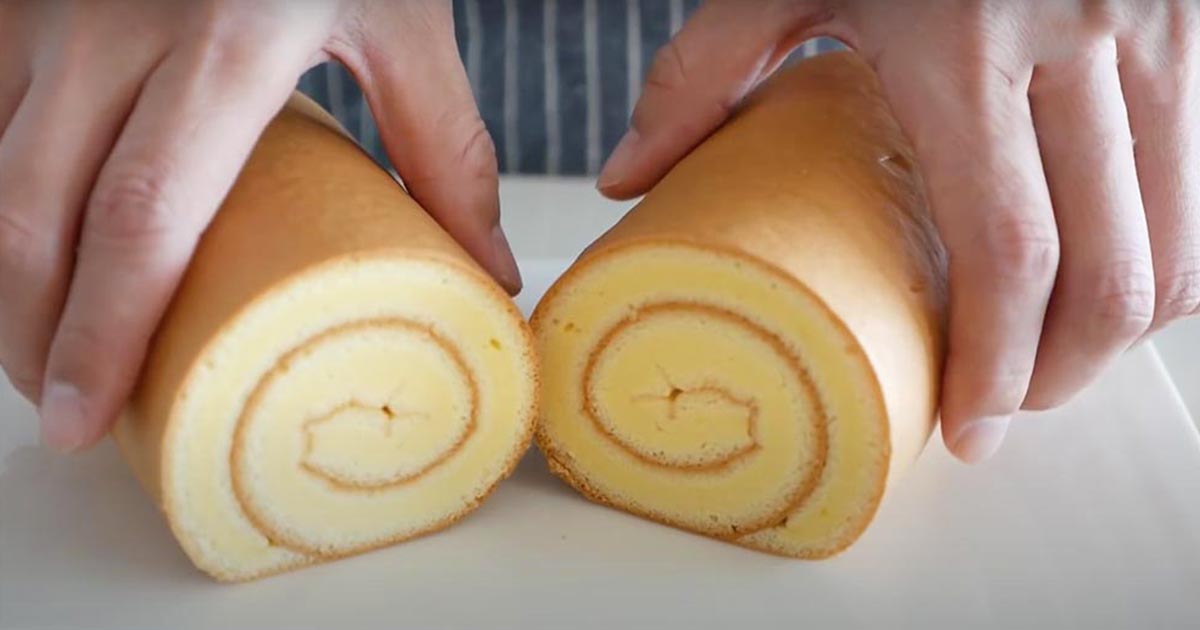WHAT IS MONO-DI GLYCERIDES OR SHORTLY GMS?

Mono and diglycerides love both oil and water as emulsifiers. They are obtained from fat, and the fat can be obtained from vegetable and animal sources.
Fatty acids, the main constituents of fat, are called triglycerides, diglycerides, and monoglycerides according to the number of fatty acids they contain. These fatty acids can be of vegetable or animal origin. Non-animal sources are soy, sunflower, cotton, canola, etc. Fats are put into a reaction at high temperatures, which is carried out with alkaline catalysts, to produce mono, di, and triglyceride mixtures with a small amount of glycerol. Then monoglycerides are purified by distillation. The percentage of this purification, i.e., the proportion of monoglycerides it contains, plays an important role in the function of the product. For the E471, 40%, 60, and 90 types are used in the industry.

On the other hand, different types of mono- and diglycerides were reacted with different acids to produce different functional types. These types are named with different E-codes, such as E472a-b-c-d. The emulsifier type to be preferred according to the properties of the application to be used may be different.
Another important function of mono and diglycerides is increasing overrun. Therefore, it is frequently preferred to increase the aeration power in foamy coffees and ice creams or in high-volume bakery products such as bread and croissants.
We're here to help you find the right product and find answers to your questions.
